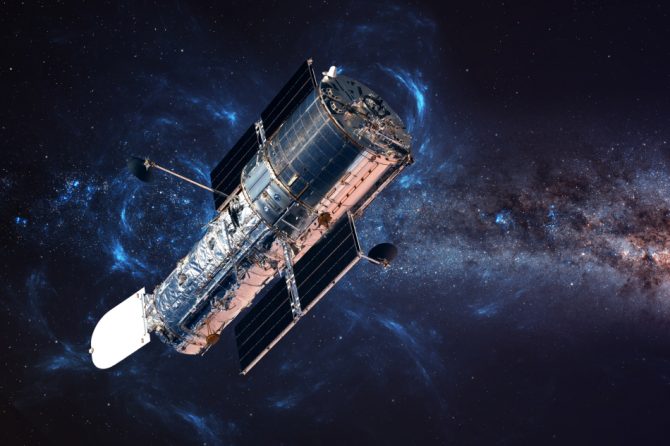Jupiter’s icy satellite Ganymede is the largest moon in the Solar System. Water ice on its surface is frozen solid in frigid temperatures as low as minus 185 degrees Celsius (minus 300 degrees Fahrenheit). A rain of charged particles from the Sun is enough to turn the ice into water vapor at high noon on the Ganymede. Using high-sensitivity spectra and spectral images acquired by the NASA/ESA Hubble Space Telescope, planetary researchers have now detected this water vapor in the icy moon’s tenuous atmosphere.
In 1998, Hubble’s Space Telescope Imaging Spectrograph (STIS) took the first ultraviolet (UV) pictures of Ganymede, which revealed a particular pattern in the observed emissions from the icy moon’s atmosphere.
Ganymede displays auroral bands that are somewhat similar to the auroral ovals observed on Earth and other planets with magnetic fields.
These images were therefore illustrative evidence that the moon has a permanent magnetic field.
The similarities between the two UV observations were explained by the presence of molecular oxygen.
The differences were explained at the time by the presence of atomic oxygen, which produces a signal that affects one UV color more than the other.
“Ganymede’s atmosphere is produced by charged particle sputtering and sublimation of its icy surface,” said Dr. Lorenz Roth, a researcher at the KTH Royal Institute of Technology.
“Previous far-UV observations of oxygen emissions were used to infer sputtered molecular oxygen as an atmospheric constituent, but an expected sublimated water component remained undetected.”




